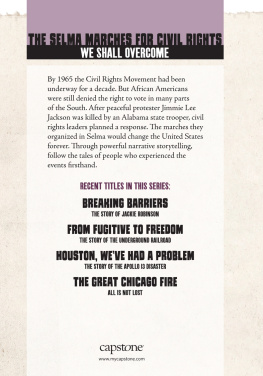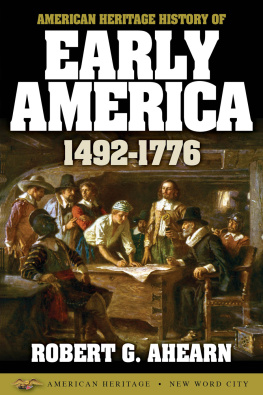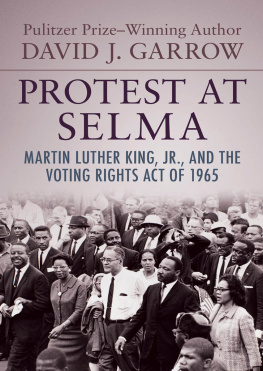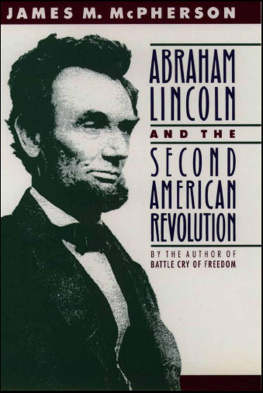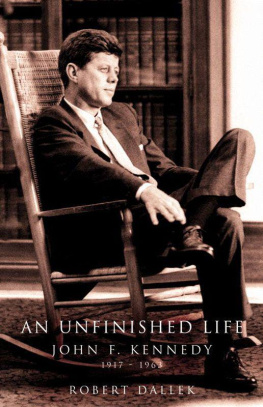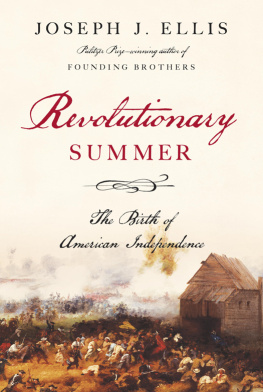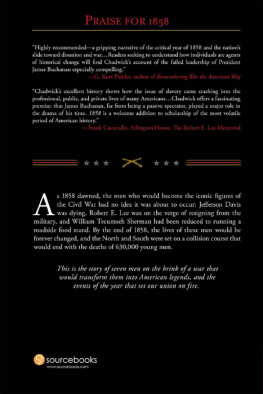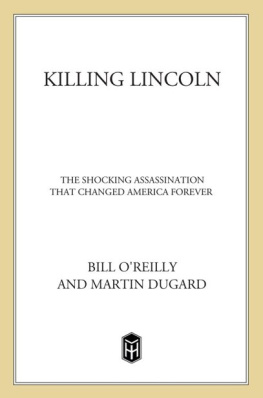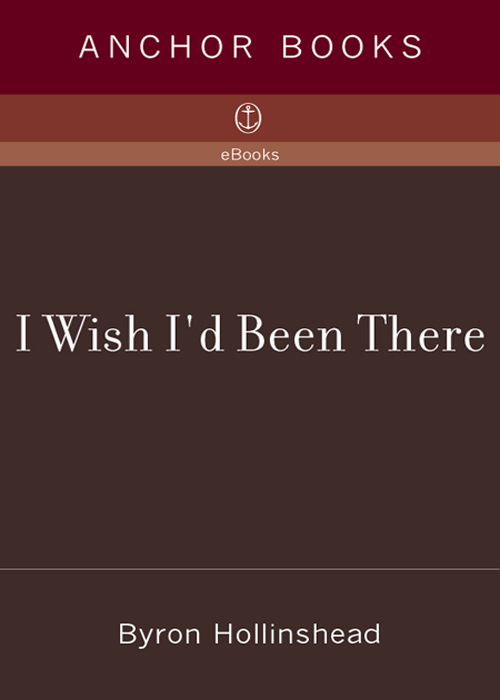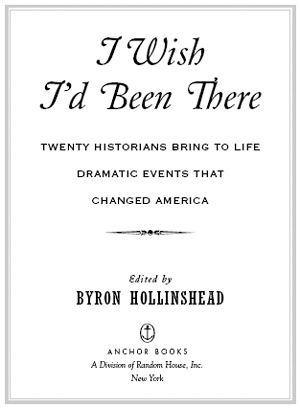BILOINE W. YOUNG
A Day in CahokiaAD1030
JOSEPH J. ELLIS
The McGillivray Moment
ROBERT V. REMINI
The Corrupt Bargain
PAUL C. NAGEL
The Amistad Trial
ROBERT W. JOHANNSEN
James K. Polk and the 1844 Election
PHILIP B. KUNHARDT III
Jenny Linds American Debut, 1850
GEOFFREY C. WARD
The Sick Man in the White House
WILLIAM E. LEUCHTENBURG
Lyndon Johnson Confronts George Wallace
INTRODUCTION
by Byron Hollinshead

Back in 1988 I spent a late November day touring the Antietam battlefield with my colleague Rob Cowley, the editor of MHQ: The Quarterly Journal of Military History, and a group of a dozen colonels from the U.S. Army War College in Carlisle, Pennsylvania. Our tour leader was the legendary Jay Luvaas, professor at the War College and author of a number of books on military history as well as a series of Civil War battlefield guides. As much as anything else, Jay was renowned for just what he was doing that day and it was easy to see why. The weather was cloudy and damp: drizzle, occasional rain, a very occasional sunny interval. And it was cold, but this didnt seem to bother anyoneespecially not Jay Luvaas, who was bareheaded, seemingly oblivious to the intermittent rain except for those times when he was reading from after action reports. An obliging colonel would then shelter him with an umbrella.
It was a full day and a memorable one. The sunken road, Burnside Bridge, the cornfieldall those places made famous because September 17, 1862, was the bloodiest day in American military history. Six thousand killed, seventeen thousand wounded. The casualties were four times the total suffered by American soldiers at the Normandy landings on June 6, 1944. Twice as many died at Antietam as in the War of 1812, the Mexican War, and the Spanish-American War combined.
The reality of what happened that day in 1862 seemed all the more heartbreaking because of the incredible beauty of the rural landscape: rolling hills, deep woods, pastures, cornfields. Rich farmland that attracted all those German settlers, beginning in the eighteenth century. Our final stop was the cemetery. The sun had come out and was setting beneath the trees, the hundreds and hundreds of modest gravestones casting long shadows.
It was dark when we got on the bus to go back to Carlisle. Rob and I sat together and Jay in the seat in front of us. All the way back the three of us talked about the battle and the war. At one point Jay said, You know, if Lee had been facing another general, he could have lost his whole army today. Today? I thought. Today? This is something Jay Luvaas has done hundreds of times, but for him its always today. It makes you believe in reincarnation. He must have been there.
The quality of imagination plays a big part in the writing of narrative history. Its the process that relates all the accumulated facts and experiences and makes the connections that create the story. The best historians have to be there. And history is story, but there are always gaps: some things that are unknown and, perhaps, unknowable. We have invited our historians, and a couple of historical novelists, to pick an event in American history that they would like to have witnessed. To imagine the experience and to speculate about those things we dont know. We havent prescribed any set way of approaching these essays and I believe that readers will be captivated by the way that each writer has chosen to make the journey to the past.
Anthologies of original essays are notoriously difficult to put together. The best authors are busy and overcommitted. Just say no is a fairly standard policy for many if not most. But this project proved to be different. It helped that I had worked with a number of the contributors before, but the main factor was the attraction of the I Wish Id Been There idea. It seems as if we had loosened the reins a bit, allowing the writers to reflect on events that, in most cases, they knew intimately, but providing a different angle and a different opportunity: the opportunity to imagine. Astonishingly, most of the essays came in well before the deadline. And every one of the writers said that she or he had had fun doing it. When writing is enjoyable, its a good bet that reading that writing will be as well. It certainly has been for me.
BILOINE W. YOUNG
A Day in CahokiaAD 1030
Biloine (Billie) Young lives in St. Paul, Minnesota, and is involved there in a number of cultural and civic activities. She is also the founder of Centro Colombo Americano, an educational and cultural center in Cali, Colombia. Among her published books are Cahokia: The Great Native American Metropolis; Mexican Odyssey: Our Search for the Peoples Art; A Dream for Gilberto: An Immigrant Familys Struggle to Become American; and Three Hundred Years on the Upper Mississippi.
In this essay Billie Young takes an imaginary journey to the Mississippi River metropolis of Cahokia in the summer of 1030. It is an unforgettable experience.

A Day in CahokiaAD 1030
One of the first discoveries made by the Spanish who came to the New World following Columbus was that the Americas were filled with people living in advanced civilizations. Cortez and his men were astounded, in 1519, at the sight of the Aztec Tenochtitln, a city of 300,000 that was larger, cleaner, and more efficiently managed than any in Europe. The sight was so extraordinary that the superstitious soldiers thought they had been enchanted on account of the great towers and pyramids and buildings rising from the water, and all built of masonry. Houses, shaded with cotton awnings, were well made of cut stone, cedar, and other fragrant woods, with great rooms and patios, all plastered and bright.
The Europeans would have been even more amazed if they had known that five hundred years earlier the Indians of North America had also established a metropolisa planned urban center housing tens of thousands. Located on the American Bottom, where the Missouri, the Illinois, and the Kankakee rivers flow into the Mississippi, the Indian city we call Cahokia culturally dominated a densely populated region from Canada to the Gulf of Mexico and from the Rockies to the Appalachians. Cahokia was based on corn agriculture, a compelling belief system, and a trading network that spanned half the continent.


